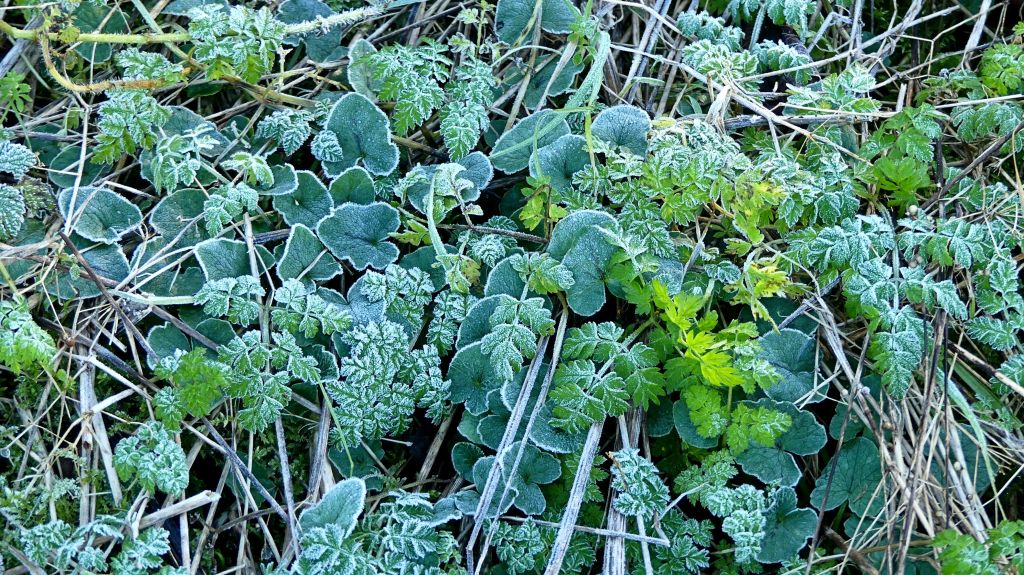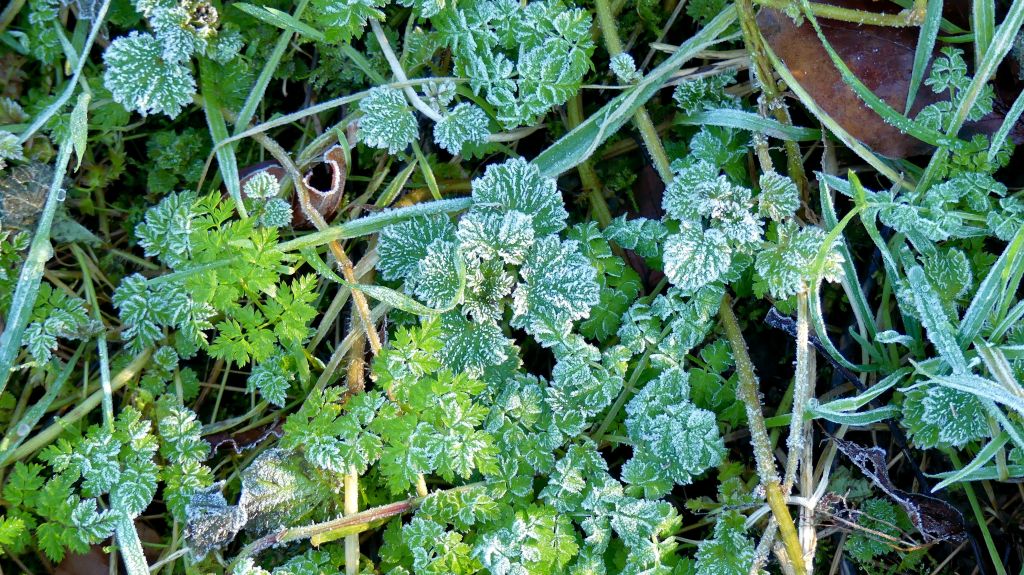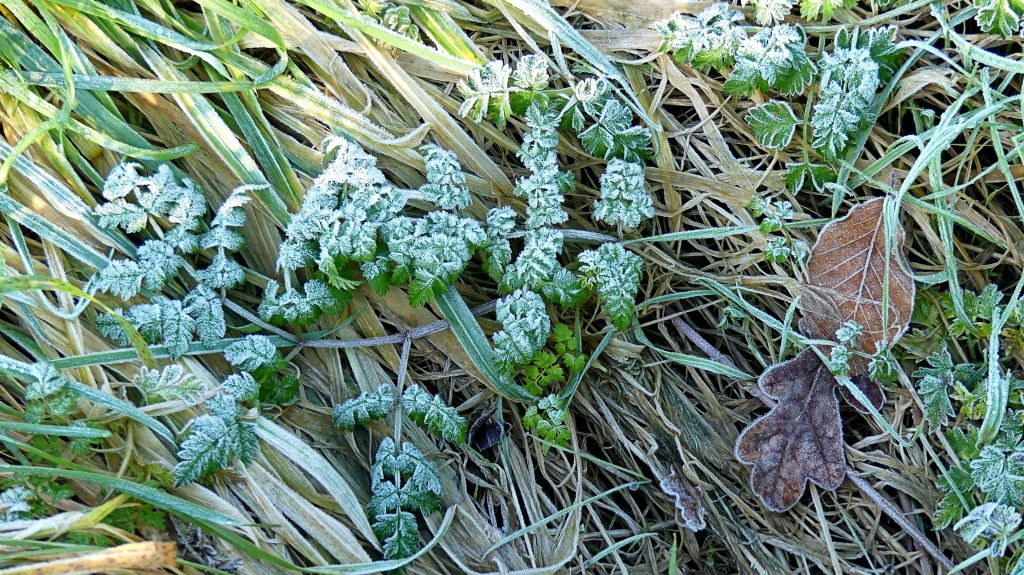


The Charlton Down Nature Area does not look its best at this time of year. The trees are bare. Dry stalks of vegetation and dead leaves cover the ground providing essential cold-weather shelter for insect life. There are a few peripheral evergreen trees like Scots Pine and Holly but not a lot of colour apart from the various greens of grasses, sedges, mosses and ivy. No bright berries left either this year as they were all eaten already by autumn.
We would like to see more winter colour in the Nature Area: leaves, flowers, and berries. We have made a start by planting small Holly, Guelder Rose, Dogwood, and Buckthorn saplings to augment the other 28 types of shrub and tree established there. Perhaps we could also introduce Gorse which is flowering profusely at the moment elsewhere in the county. We would need to control its spread though. Bees and other insects would certainly appreciate the extra winter food source it yellow blooms would supply. Maybe Butcher’s Broom would like our location and provide more winter berries for birds.
Despite the overall impression that all the plants are dormant or dead, new life is definitely in evidence even now at the beginning of January. New leaves of Celandine, Cow Parsley and Nettle are emerging between the clumps of flattened grasses. No sign yet of any of the British native plants that the volunteers sowed in autumn. We are hoping that at least some of the Wild Carrot, Red Campion, Willowherb, and other seeds will germinate and grow. We can always sow again in spring if not. The donated Primrose, Foxglove, Teasel, Mullein and Pendulous Sedge plants seem to be surviving well. Lets see how everything fares over the predicted cold spell of the next couple of days.